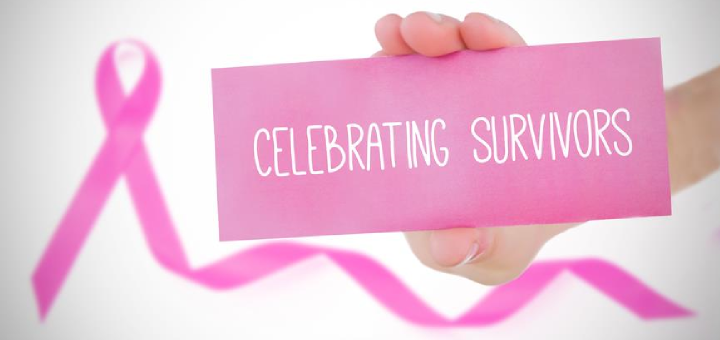
Let not these gummy worms tempt you. Everything in moderation is good but the problem starts when you don’t know the truth. Here are some facts about what not to eat for healthy teeth:
- Sweet: It’s a universally known fact that anything that contains sugar is really bad for our teeth. These sugars act as a perfect food material for the bacteria that thrive in our mouth and are converted into acids as by-products. Thus, the pH of our mouth falls down (becomes acidic). This acidity is the main reason why the hardest substance in human body, which is the Enamel, starts getting softer and eventually pitting occurs. If this is not checked at the right time, dental caries or cavities develop.
- Sour: Pretty much anything that’s acidic is sour. So, in a way, consuming something sour is nothing but a step closer to getting near the tooth cavity stage. Sour gummy worms might appear to be a tempting munch in between meals, but they are one of the worst items for your teeth. This is simply because they are sweet, sour and, above all, sticky – clinging onto teeth for a long time.
- Carbonated drinks (soda), sport drinks, red wine and fruit juices: It has been estimated that a single serving of soda can have up to 11 teaspoons of sugar along with certain acids. Diet drinks such as diet sodas or diet beers might save you from sugars but the artificial sweeteners are rich in acids. In a similar way, sport drinks can be high in sugars to give you that instant boost of energy. Why not substitute them with a calorie and sugar free bottle of plain water? Red wine leaves stains on the teeth that are hard to fix and bad in appearance. Avoid them or switch some water in your mouth after consumption. Fruits are naturally sweet, so look for juice that has no added sugar. You can also reduce the sugar content by diluting juice with some water or ice.
- Extreme temperature changes: Drinking or eating things that are too hot or too cold can lead to extreme temperatures in the teeth. At first, it can lead to a shock in the form of sharp pricking pain and eventually an irreparable condition that will involve a dentist intervention. Similarly, opening bottles with teeth and cracking ice between teeth can lead to microfractures and abfractions on tooth surface.
- Lack of oral protection: During contact sports like American football, Rugby, Boxing, Wrestling etc, not using a mouthguard (modeled plastic to protect teeth) can cause chipping and cracking of teeth. These can be bought from any drug store or can be custom fitted by a dentist. Oftentimes, this small investment towards healthy teeth can be very helpful.
- Tongue or lip piercings: These might look hip, but biting down on the metal stud can crack a tooth. If the metal rubs against the gums, it can cause gum damage that may lead to tooth loss. The mouth is also a haven for bacteria, so piercings raise the risk of infections and sores.
- Grinding teeth: Bruxism is a teeth grinding condition that can wear teeth down over time. It is most often caused by stress and sleeping habits. Wearing a mouth guard at night can prevent the damage caused by grinding while sleeping. If you have this condition, consult your dentist today.
- Constant snacking, binge eating and purging: Frequent snacking leads to a low pH (acidity) in the mouth due to a constant supply of sugars for the bacteria to feed upon. Our saliva acts as a buffer and neutralizes this acidity so that tooth decay is ultimately prevented but if we constantly keep on munching something, this effect is prevented. Grab some sugar free chewing gums next time you are at the supermarket or drug store. This will keep your teeth brushed, stimulate salivary flow and provide for healthy exercise for the jaw muscles without lowering the pH. Anorexia nervosa or vomiting after eating to prevent weight gain can lead to tooth erosion. The vomit is rich in gastric juices that have pH as low as 2.
- Smoking: Tobacco causes tooth staining, leads to unhealthy gums and hence tooth loss. What can be worse than this? If you are thinking about cancer, you are right. Smoking is the leading cause of oral cancers.
There are many things that may look and feel good at first glance. They may even seem to satisfying our thirst and hunger. But ultimately, the choice is ours. Let’s help each other make the healthy choice!





